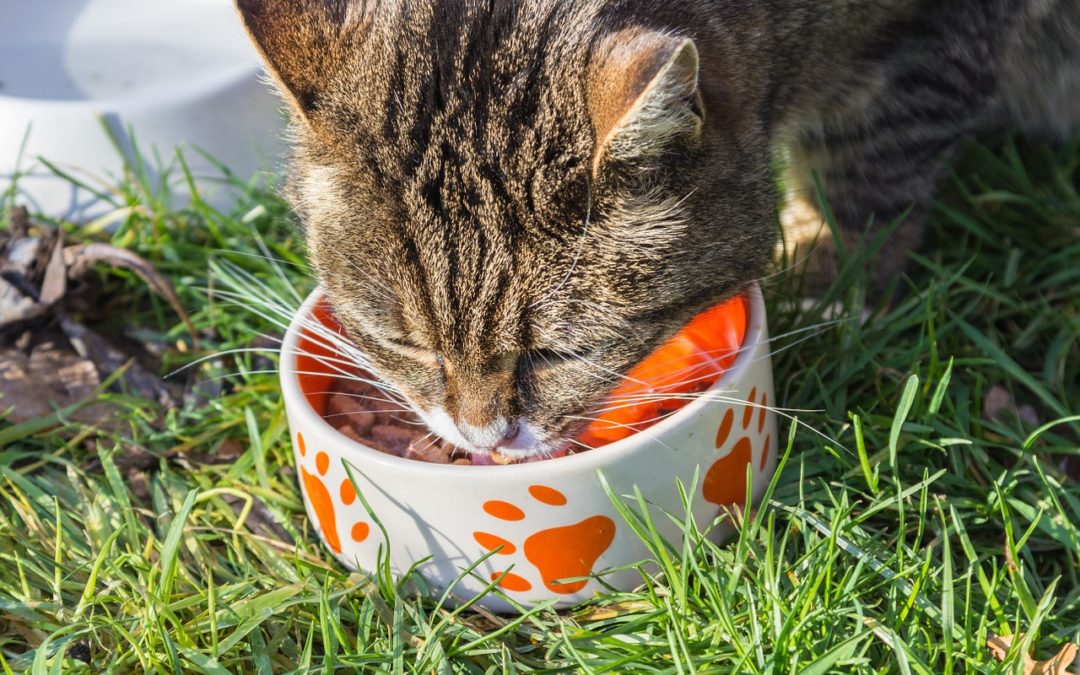“Friskies Roulette” – that game you play with your cat (especially elderly cats with kidney disease) where they like a food once and then never want to see it again. It’s frustrating for both vets and owners. The likely culprit is nausea. If they smell or eat something that then causes a tummy ache, they avoid that food – sometimes for a day, a week, a month or forevermore! My poor clients have cupboards that look like a pet food store.
Here are some things that may help:
- Nausea/antacid medication – Just because a cat doesn’t vomit doesn’t mean they aren’t nauseated! They fight vomiting the same as we do. If we can remove the discomfort, we can improve their quality of life. Get a prescription from your vet – DO NOT research online and attempt to dose yourself. You can make your cat seriously ill or kill them!
- Fluids – Dehydration can cause cats to refuse food or be picky. Check with your vet to see if your cat needs fluid therapy.
- Food temperature – Some kitties prefer the food cold, cool, warm or room temperature.
- Odor – Think about what you want to eat when you are nauseated. A big fish? Perhaps a steak? NO! Chicken broth or something equally bland, right? Try poultry flavored baby food (no garlic or onion – they are toxic to cats) or canned cat food.
- Appetite stimulation – There are medications as well as natural remedies (such as catnip) that can make your kitty hungry. Ask your vet.
- Bowel movements – Constipation is a big problem for older kitties and can lead to nausea or vomiting. If your kitty isn’t having a daily bowel movement, is straining or crying in the litterbox or has hard small stools, talk to your vet.
- Lift the food dish – Acid reflux feels even less good when you eat upside down. Arthritis can also make bending down to the food dish painful. Put the dish at about shoulder height (an upside-down colander works well). Your kitty shouldn’t have to lift or lower his head to eat.
- Grooming – If your kitty likes a good brushing, it can stimulate the appetite. Some cats also enjoy being petted or hand fed.
- Texture – While canned food is my choice for feeding cats, sometimes dry food’s blandness can encourage them to eat. Also try pate, shreds, chunks or gravy foods. Putting the chunky food in a blender can also make it more palatable. Chunks are a no-no when you’re nauseated.
- Stress – Make sure other pets and children don’t disturb kitty’s meal. I know you’re worried, but TRY not to stare at them or be anxious while they are eating. They take their cues from you – if you’re acting weird around the food dish, they may avoid it!
The most important thing you can do is seek veterinary help. Older cats can be fragile, and trying home remedies for a week before seeking a professional opinion may be the difference between life and death.
Although this article’s focus is on cats, dogs can experience “Alpo Roulette” as well. Many of the same principles apply. When in doubt, ask your veterinarian or request a consultation with a Certified Hospice and Palliative Care Veterinarian!

